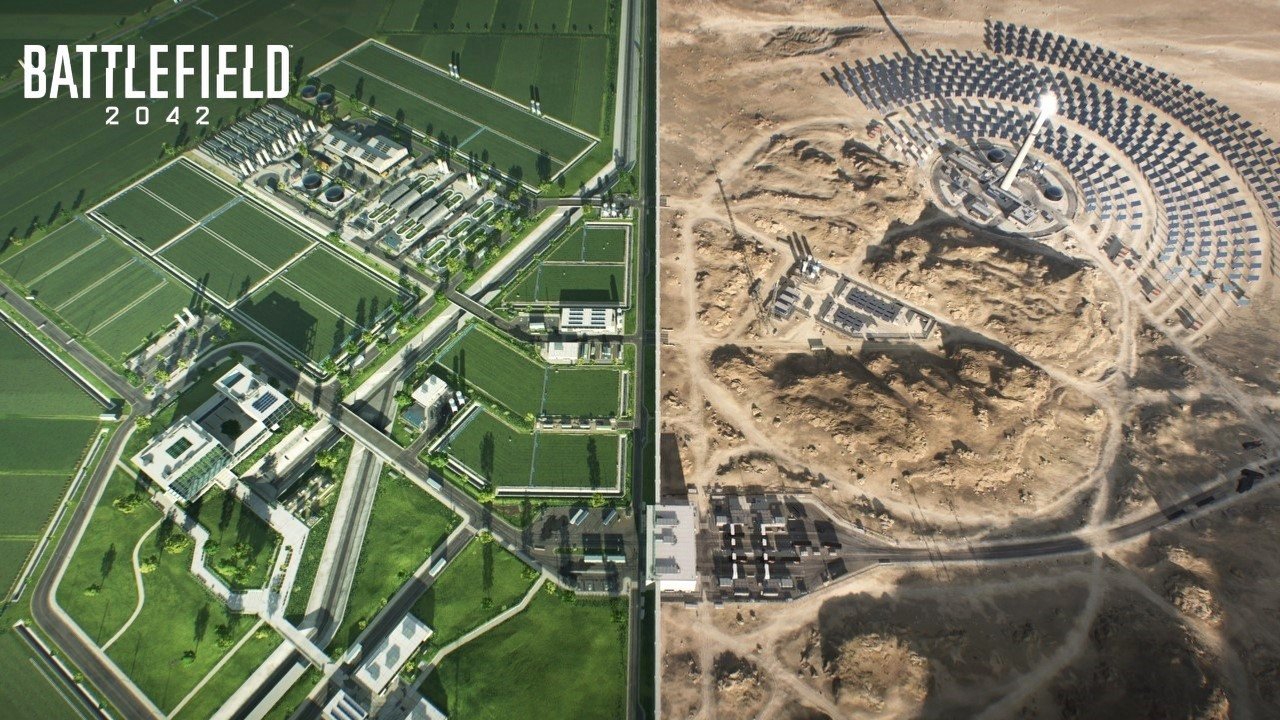The year 536 is compared to 1816, which is called “the year without summer.” The year 536 AD is also referred to as the “Little Ice Age.” what happened after that?
Volcanic winter?
The author of the thesis that the worst period in the last two thousand years is the years 535-536 is the American medievalist Michael McCormick. What prompted the researcher to submit such a thesis?
Many historians independently attest that the year 536, and even the longer period from 535 to about 547 (or even 560), was an unusual time. The Byzantine historian Procopius of Caesarea wrote: “All year round [536] The sun shone as brightly as the moon, and although there was no eclipse that year, the sun seemed obscured. In turn, the Roman historian Cassiodorus recorded a number of anomalies. He wrote that the sun's rays were weak, did not give off heat and had a bluish tint, and even at noon objects or people cast no shadows, and the moon had no glow. Moreover, Cassiodorus wrote, there was a “strange” drought, and the seasons seemed confused. During harvest, frost comes, causing the grapes to spoil and the apples to go to waste, making it necessary to use the previous year's stores to avoid starvation. The Jacobite Patriarch of Antioch, Michael of Sryzek, also observed a similar and unusual ritual. It was no different in another part of Europe, in Ireland, where strange phenomena were described in Gaelic records, with indications that they led to crises and famine.

Scientists who are currently trying to find an answer to the question of what led to the strange weather phenomena in the year 536 indicate that volcanic eruptions are responsible.
At the end of 535 or early 535/536, at least three volcanoes may have erupted in different parts of the world (various locations have been mentioned, including volcanoes in Iceland and Papua New Guinea). As a result of throwing huge amounts of dust into the atmosphere, the sky darkened and less sunlight began to reach the Earth's surface. This condition can last up to 18 months. In contrast, when the situation seemed to be returning to normal, around 539-540 another volcanic eruption and another “year without a summer” occurred. In both periods, the temperature on Earth could drop by 2.5 degrees Celsius. The next eruption occurred in 547, which caused more global repercussions, although less severe than those of eleven years earlier. For this reason, the events beginning in 536 are called the “Late Little Ice Age.” It is worth noting that some researchers are looking for an explanation for this anomaly in the possible impact of an extraterrestrial body, such as a comet, on Earth, but this theory seems less justified.
Historical monuments
It is possible that the unusual year 536 was reflected, for example, in the beliefs of the inhabitants of Scandinavia. It is suggested that during this period, among other things, the belief of the coming FimpolventrThat is: the winter of the three years that preceded it RagnarokThat is, the period of battles between the gods and the giants, as a result of which the earth will be flooded with water, and a happy new world will emerge from it later.

The volcanic winter also affected the population of the Eastern Roman Empire. As a result of climate changes and malnutrition, a plague could eventually spread, which in historiography is called the Plague of Justinian (after Emperor Justinian the Great).
Researchers also point out that the events of the second half of the 1630s also contributed to the westward migration of Mongol tribes, the fall of the Sassanid Empire, the fall of the Gupta state, and the decline of the Moche (Muchica) culture. Some even link the population migration that occurred at that time to the rapid spread of Islam later. According to McCormick, the events of 536 brought Europe to a near standstill for the next hundred years.
Read also:
The eight oldest buildings in the world. These places are impressiveRead also:
The Epic Journey of a Polish Monk. Why do so few people know him?Read also:
Newly discovered cities in Ecuador are up to 2,500 years old. Who built them?

“Prone to fits of apathy. Introvert. Award-winning internet evangelist. Extreme beer expert.”










